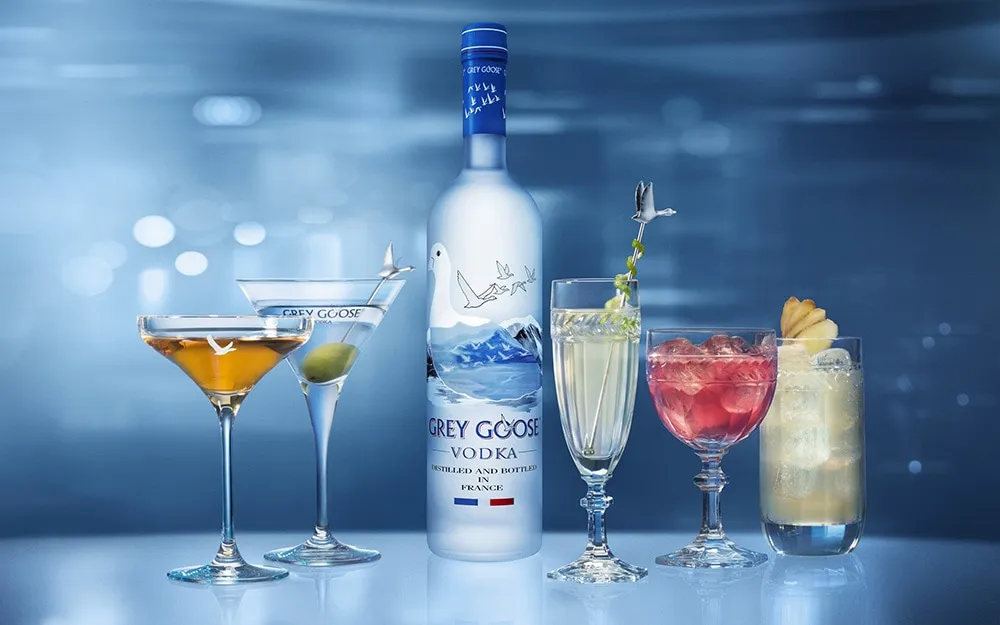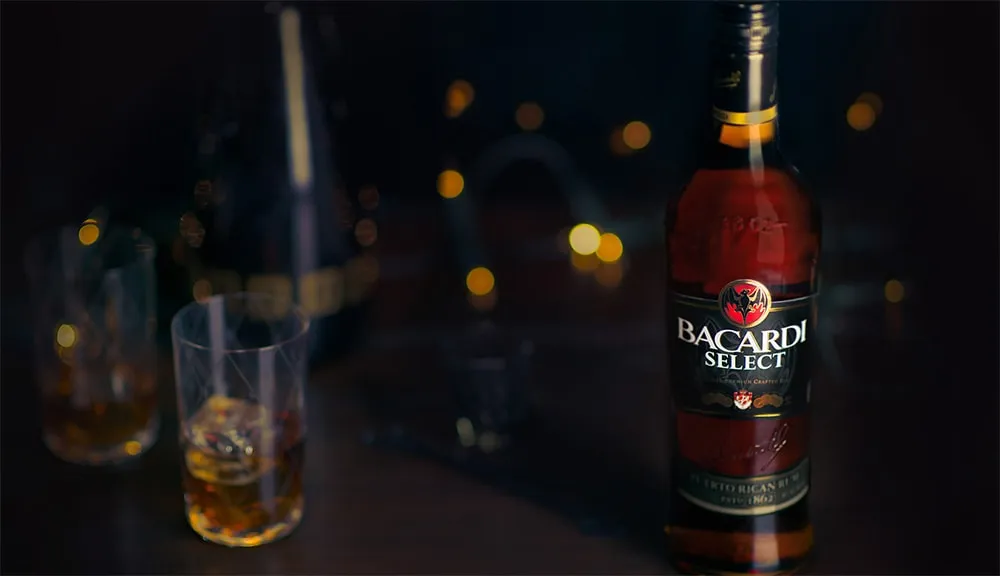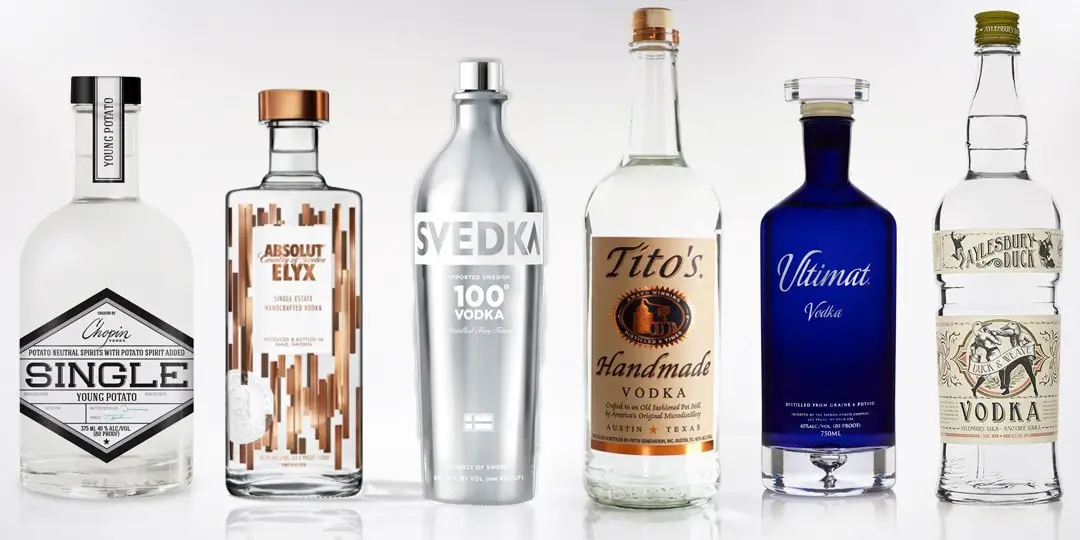The robust world of tequila is as intoxicating as it is informative. An iconic Mexican spirit born of the lush blue agave plant, tequila’s creation is a meticulous process steeped in tradition and careful consideration. The heart of tequila lies with its primary ingredient, the blue agave, whose cultivation and harvesting play a quintessential part in the formation of this renowned drink. Ready to be enlightened on the stunning journey from the agave fields to your glass? Join me as we delve into understanding the critical role of blue agave, the step-by-step process of tequila production, and the stringent standards set forth by the Mexican government and the Tequila Regulatory Council.
Understanding the Basics of Agave Tequila
The Significance of Blue Agave
The Blue Agave, or Agave tequilana Weber, is a succulent plant native to Mexico and a crucial component in the production of tequila. This plant has earned its unique position in tequila production due to its high sugar content, including fructose, which is essential for fermentation — the process that turns sugar into alcohol.
Public and legal decrees mandate that tequila must be made from at least 51% blue agave, though many tequila producers pride themselves on crafting 100% blue agave products. The resulting tequila is often smoother, cleaner, and carries the distinctive earthy and sweet characteristics of the agave plant itself.
Cultivation and Harvesting of Blue Agave
Blue agave plants are primarily grown in the Mexican states of Jalisco, Nayarit, Tamaulipas, Michoacán, and Guanajuato. Jalisco, in particular, is home to the town of Tequila, which is world-renowned for its tequila production. These regions have rich and fertile volcanic soils that contribute to the unique flavor profile of the blue agave.
The cultivation process begins with the planting of “hijuelos” – small offshoots of a mature agave plant – into pre-prepared fields. After anywhere from seven to ten years, these plants mature and begin to produce a tall stem known as the “quiote.” The quiote is cut before it fully matures to allow the plant’s sugars to concentrate in the heart of the agave, or the “piña.”
Harvesting the blue agave is grueling work done by skilled laborers known as “Jimadores.” Using a razor-sharp, hoe-like tool known as a “coa,” they strip away the plant’s long, pointed leaves to reveal the piña. These piñas, which can weigh up to 200 pounds, are then transported to a distillery to begin the next step in the process.
Why Blue Agave?
The primary reason behind using only blue agave in tequila production lies in the high fructose levels it possesses. This characteristic makes it ideal for the fermentation process, a critical step in alcohol production. The unique combination of blue agave’s sugars and the specific yeast used in the process results in tequila’s unique taste.
In conclusion
The Blue agave plant, with its unique qualities and careful cultivation, is central to the production, identity, and quality of tequila. By only using this one specific type of agave, tequila manufacturers ensure a unique, consistent, and pleasing product that reflects the terroir and tradition of their specific region in Mexico.
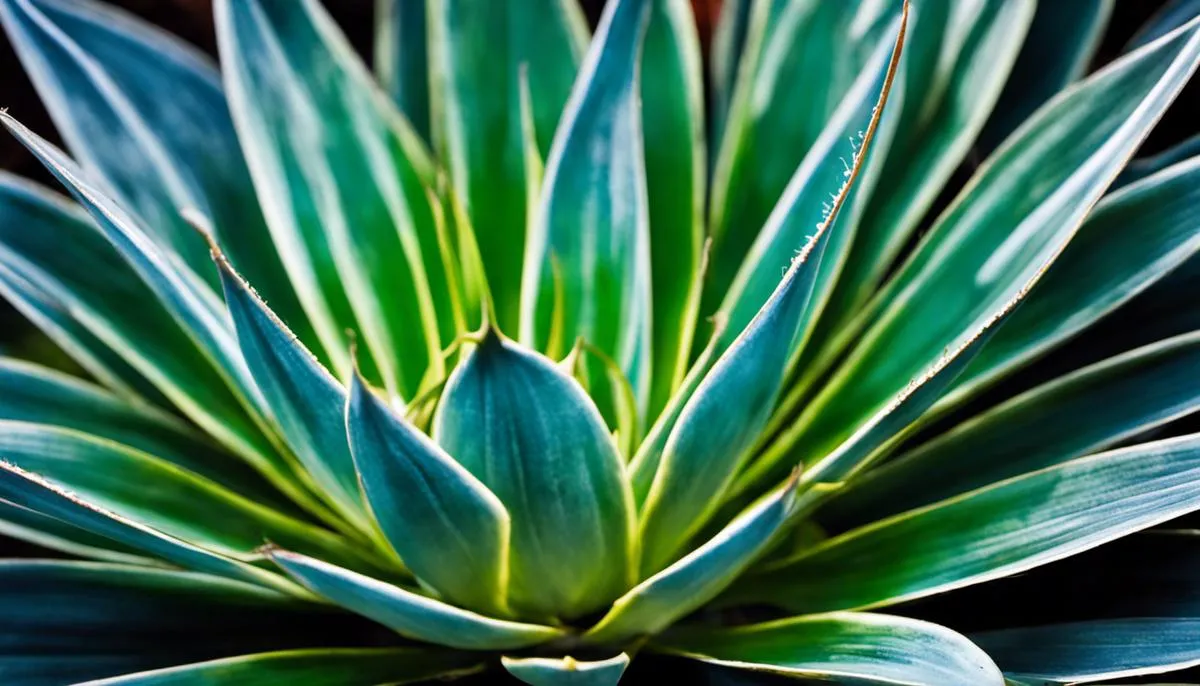
Tequila Production Process
Harvesting the Agave
Tequila production begins with the blue agave plant, which is harvested typically around 8 to 10 years into its lifespan. Harvesters, known as jimadores, expertly cut away the spiky leaves of the plant to reveal the central core, or piña, which resembles a large pineapple. This piña is what contains the sugars needed for fermentation.
Roasting the Agave
Once harvested, the piñas are transported to the distillery where they are chopped into halves or quarters before being roasted. The traditional method involves roasting the piñas in brick ovens, or hornos, for up to 48 hours. Modern distilleries, however, may use autoclaves—essentially large industrial pressure cookers—for a faster cooking process. This roasting process converts the complex carbohydrates in the piña into simple fermentable sugars.
Extracting the Juice
After roasting, piñas are crushed to extract the juice, also known as agave nectar or mosto. The traditional tahona method uses a large stone wheel to crush the piñas. Modern distilleries often employ roller mills or diffusers, which are more efficient but result in a different flavor profile.
Fermentation Process
The extracted juice is then funneled into wooden vats or stainless-steel tanks for the fermentation process. Here, natural yeasts, or in some cases, specific yeast strains introduced by the distiller, consume the sugars within the juice, producing alcohol and other compounds. This process can take anywhere from a couple of days to a week, and the result is a sort of agave beer with an alcohol content of about 5-7%.
Distillation Stage
The fermented juice is then distilled, typically twice, to increase the alcohol content. The first distillation, known as the ‘destruction distillation’, produces a product called ordinario with an alcohol level of about 20-25%. The second distillation increases the alcohol content to around 40-55%.
Aging of Tequila
The distilled tequila is either bottled immediately as Blanco or Silver Tequila, or aged in wooden barrels to produce Reposado, Añejo, or Extra Añejo. Reposado is aged for two months to a year, Añejo for one to three years, and Extra Añejo for at least three years. The aging process imparts color and flavor to the tequila, with older tequilas being more dark and complex.
Bottling Process
Once the tequila has been aged to the desired level, it is removed from the barrels, possibly mixed with other batches for consistency, and then prepared for bottling. All 100% agave tequila must be bottled in Mexico, regardless of where it is destined to be sold. Once bottled, the tequila is ready for distribution and sale, eventually making its way to consumers around the world.
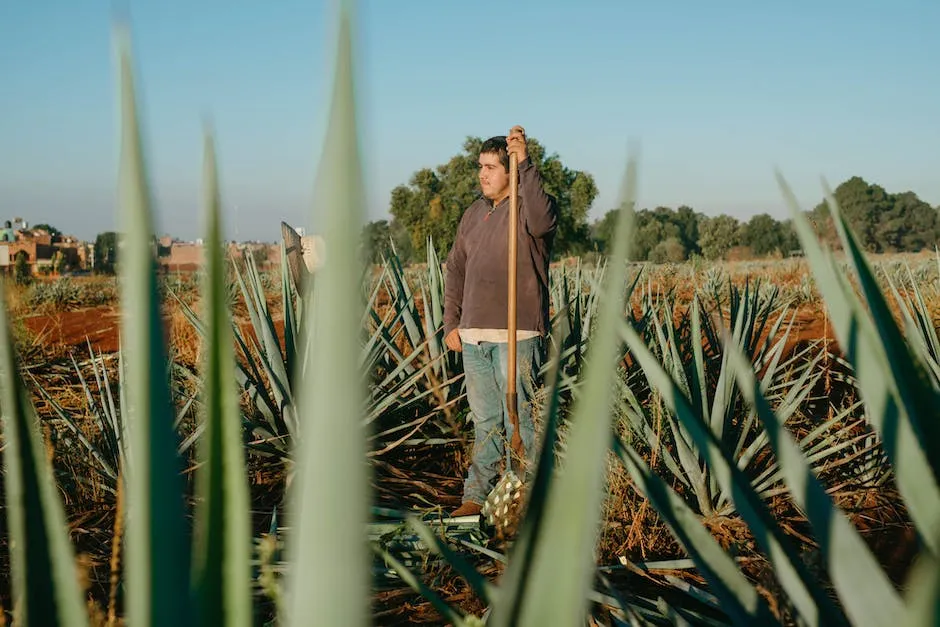
Legalities and Standards in Tequila Making
Understanding Tequila Legalities
The production of tequila is intricately linked with specific Mexican laws and regulations. First and foremost, to qualify as tequila, the spirit must be produced in a designated region of Mexico. As per the Denomination of Origin (DO) regulations, tequila can only be made in certain areas in the Mexican states of Jalisco, Guanajuato, Michoacán, Nayarit, and Tamaulipas.
Deciphering Tequila Standards
According to the Tequila Regulatory Council (CRT), or Consejo Regulador del Tequila, only the blue agave plant – scientifically known as agave tequilana Weber blue variety – can be used for making true tequila. The proportion of blue agave sugars used forms the basis of differentiating the overall types of tequila. Authentic tequila must be labeled either as ‘100% agave’ or ‘Tequila’.
Lowdown on ‘Tequila’ and ‘100% Agave’ Labels
If the bottle is labeled as ‘Tequila’, it means that the spirit contains at least 51% fermented sugars from the blue agave plant, with the remaining 49% being other sugars, such as cane or corn sugar. In contrast, if it is labeled simply as ‘100% agave’, it signifies that all the fermented sugars come from the agave plant, with no other sugars added.
Compliance with CRT
To ensure compliance with these rules, the CRT monitors tequila production closely. All distilleries authorized to produce tequila are assigned a unique NOM number (Norma Oficial Mexicana) which is displayed on every bottle of tequila. The NOM number guarantees that the tequila is produced in compliance with government standards.
Tequila Production Process
Beyond the standards and legalities, tequila production follows an intricate process. It begins with the harvesting of mature agave plants which are then baked to convert the starches into fermentable sugars. The baked agave is crushed to extract the juice called ‘mosto’, which is then fermented and distilled. To finish, the distilled tequila is either bottled directly or aged in wooden barrels.
Complying with Import Regulations
If tequila is to be exported, additional legal regulations need to be adhered to. In the US, for instance, tequila enters under customs regulations and is subject to various federal agency requirements like the Alcohol and Tobacco Tax and Trade Bureau. Each country has its import regulations which every tequila producer must abide by.

We’ve travelled together through the immersive journey of tequila creation, from the verdant blue agave fields to the meticulous fermentation and distillation processes. We’ve also grappled with the legal complexities and standards that govern what can rightfully wear the proud ‘tequila’ label. A drink symbolizing passion, dedication and tradition, it’s no surprise that tequila holds a special place in the hearts of many. Now, bearing a pronounced understanding and appreciation of this celebrated spirit, may every sip of tequila you take henceforth be a tribute to the art, the tradition, and the legalities that forge its existence.



